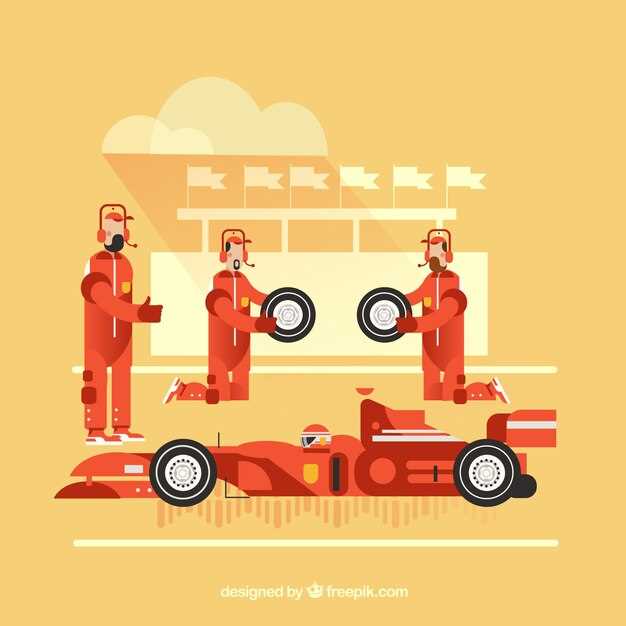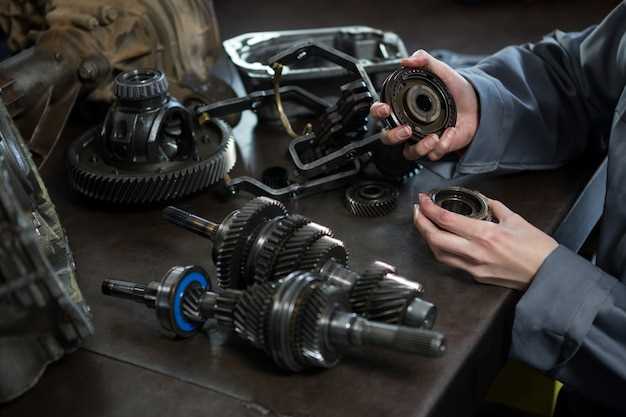
The concept of Balance of Performance (BoP) has become a cornerstone in modern motorsport, serving as a crucial mechanism to enhance competition among diverse vehicle entries. By adjusting performance parameters such as horsepower, weight, and aerodynamic efficiency, organizers aim to level the playing field for teams and manufacturers, allowing them to compete on more equal terms. While BoP helps maintain excitement and unpredictability in races, it also raises fundamental questions about the integrity and authenticity of performance in motorsports.
One of the most significant impacts of BoP is its ability to influence the strategic decisions made by teams. With frequent adjustments to their vehicles’ performance characteristics, teams must remain adaptive and innovative, often leading to intense rivalries and heightened competitiveness. This ever-changing landscape challenges engineers to optimize their cars for both performance and compliance with BoP regulations. As a result, the competitive spirit of motorsport is amplified, but it also introduces complexities that stakeholders must navigate.
Critics argue that BoP can undermine the essence of pure racing by prioritizing parity over meritocracy. The achievements of teams and drivers may be questioned, as success becomes contingent on regulatory adjustments rather than raw engineering prowess. In this context, the ongoing debate about the efficacy and fairness of BoP highlights its profound implications on the landscape of motorsport. As such, understanding the balance between performance adjustments and true competitiveness is essential for fans and practitioners alike.
Analyzing Performance Limits Established by BoP Regulations

Balance of Performance (BoP) regulations play a crucial role in shaping the competitive landscape of motorsport. These regulations are designed to ensure that no single manufacturer or team dominates a series, promoting an equitable competition environment. The performance limits established by BoP are assessed based on various factors, including weight, engine power, and aerodynamic efficiency.
The BoP system evaluates the performance of different vehicles to establish performance ceilings or floors. This process involves meticulous data collection and analysis, focusing on how each car performs across a variety of tracks and conditions. The adjustments made under BoP aim to equalize the chance of winning, ensuring that the best driver, rather than the best-engineered car, takes the victory.
In practice, BoP adjustments can significantly alter the characteristics of a vehicle. For instance, increasing the weight of a faster car can level the competitive field by sacrificing its speed advantage, while lighter vehicles may receive power increases to enhance their on-track performance. These adjustments are often met with mixed reactions, as teams strive to maximize their performance within the constraints of the established BoP limits.
Moreover, the effectiveness of BoP regulations is contingent upon accurate and consistent application. Frequent changes can lead to confusion and discontent among competitors, as teams invest considerable resources into understanding and adapting to these limits. When implemented effectively, however, BoP can lead to thrilling races characterized by close finishes and diverse winning teams.
Ultimately, analyzing the performance limits of BoP regulations reveals the delicate balance between ensuring competitiveness and maintaining the integrity of the sport. By adapting to the performance standards set forth by BoP, teams are challenged to innovate continuously, preserving excitement and unpredictability in motorsport competitions.
Strategies Teams Use to Adapt to BoP Adjustments

In the fast-paced world of motorsport, Balance of Performance (BoP) adjustments play a crucial role in ensuring fair competition among diverse vehicle manufacturers. As teams face frequent changes in performance specifications, they must adopt various strategies to remain competitive in the ever-evolving landscape of racing. Here are some key strategies teams utilize to adapt to BoP adjustments:
-
Data Analysis:
Teams invest significantly in data collection and analysis, enabling them to understand the intricacies of their vehicle’s performance relative to competitors. By examining telemetry data, they can identify specific areas of strength and weakness, allowing for targeted adjustments to their setup.
-
Flexible Engineering:
Once BoP adjustments are communicated, teams need to be agile in their engineering approaches. This might involve altering weight distributions, suspension settings, or engine maps to comply with new performance parameters. Teams often utilize modular components that allow for quick changes to adapt to the latest BoP rules.
-
Simulations and Testing:
Simulation programs are essential tools for teams to predict how their car will perform under altered BoP conditions. Virtual testing enables teams to explore different scenarios and make informed decisions about necessary modifications before hitting the track.
-
Collaboration and Feedback:
Maintaining strong communication within the team and with external partners can lead to valuable insights. Teams often share feedback regarding BoP changes with organizers and collaborate on finding solutions that benefit competitive balance without sacrificing performance.
-
Driver Adaptation Training:
Drivers play a pivotal role in how performance translates on the track. Teams often provide specialized training to help drivers adjust their driving styles and strategies based on the updated characteristics of the car post-BoP change.
-
Strategic Race Planning:
With BoP adjustments influencing competitiveness, strategic race planning becomes even more critical. Teams assess forecasted performance levels and develop race strategies that capitalize on their current strengths, such as tire management or fuel efficiency.
In conclusion, teams must employ a multifaceted approach to remain competitive in the face of BoP adjustments. By leveraging data analysis, engineering flexibility, advanced simulations, collaborative feedback, driver training, and strategic planning, they can effectively navigate the challenges that BoP presents and enhance their performance on the track.
Comparative Success Rates: BoP in Different Motorsport Series
The Balance of Performance (BoP) framework has become a pivotal element in various motorsport series, aiming to level the playing field among competitors with different vehicle specifications. Each series, from endurance racing to touring cars, implements BoP with unique parameters, which consequently influences success rates across different competitions.
In endurance racing, such as the FIA World Endurance Championship (WEC), BoP adjustments are critical due to the diversity of vehicles, including hybrid and non-hybrid models. These adjustments focus on managing horsepower, weight limits, and fuel efficiency to enhance competition. Historically, teams that adapt quickly to evolving BoP parameters tend to outperform their rivals. For instance, manufacturers like Toyota and Porsche have effectively recalibrated their strategies to optimize performance within BoP confines, resulting in higher success rates over seasons.
Conversely, in touring car competitions like the WTCR (World Touring Car Cup), BoP mainly regulates weight distribution and power output. This series highlights how manufacturers with a robust understanding of BoP can strategically modify their vehicles to maximize their limits. Success rates are influenced not only by engineering but also by teams’ ability to navigate and exploit BoP adjustments effectively. For example, the balance achieved by Audi and Hyundai has frequently placed them on the podium, showcasing their adept handling of performance constraints.
Sprint series, such as Formula E, utilize a different approach to BoP, focusing extensively on energy management and recovery systems due to the electric nature of the vehicles. Here, the competitive balance is maintained through charging powers and energy limits during races. As teams learn to better manage these parameters, their overall success rates improve significantly. Manufacturers like Mercedes-Benz and Nissan have shown that understanding the intricacies of BoP can lead to strategic victories even when performance seems closely matched.
Overall, the comparative analysis of success rates across different motorsport series illustrates that the effectiveness of BoP directly correlates with a team’s ability to navigate limits while optimizing performance. The continuous evolution of BoP not only challenges teams to push their technological boundaries but also fosters a competitive environment that keeps fans engaged and promotes fairness at every race event.



